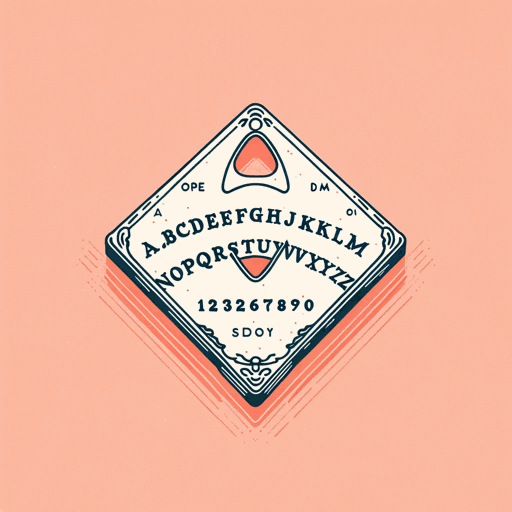41 pages • 1 hour read
William Peter BlattyThe Exorcist
Fiction | Novel | Adult | Published in 1971A modern alternative to SparkNotes and CliffsNotes, SuperSummary offers high-quality Study Guides with detailed chapter summaries and analysis of major themes, characters, and more.
Symbols & Motifs
Clothes, Prayers, and Bibles
Religious vestments, prayers, and books reflect the power of the church to combat evils ranging from demons to the difficulties faced by the characters.
Through Karras is a well-respected Jesuit priest, he is close to losing his faith after the loss of his mother. Because of this crisis of faith, Karras executes his duties—dressing in priestly attire, saying Mass when required, and studying the Bible—only performatively. These are exterior affectations: Karras plays the role of a priest, so, he uses the clothes, prayers, and books that symbolize belief to hide his crisis of faith from the world.
But these items are also the primary weapons used against demons. Merrin takes great care to prepare for the confrontation with Regan’s possessor. He dresses in the right manner, stocks up on holy water, recites prayers to himself, and carries out the correct ritual many times. Now, religious items take on a new power: Karras draws strength from them because Merrin and the demon imbue the items with symbolic meaning. As his faith is restored, Karras uses objects as before—he prays, wears priestly clothing, and reads from religious texts—but he does so with conviction. These items no longer symbolize his crisis of faith, but the restoration of his belief.

